Home>Garden Essentials>Where Does Chia Seeds Come From
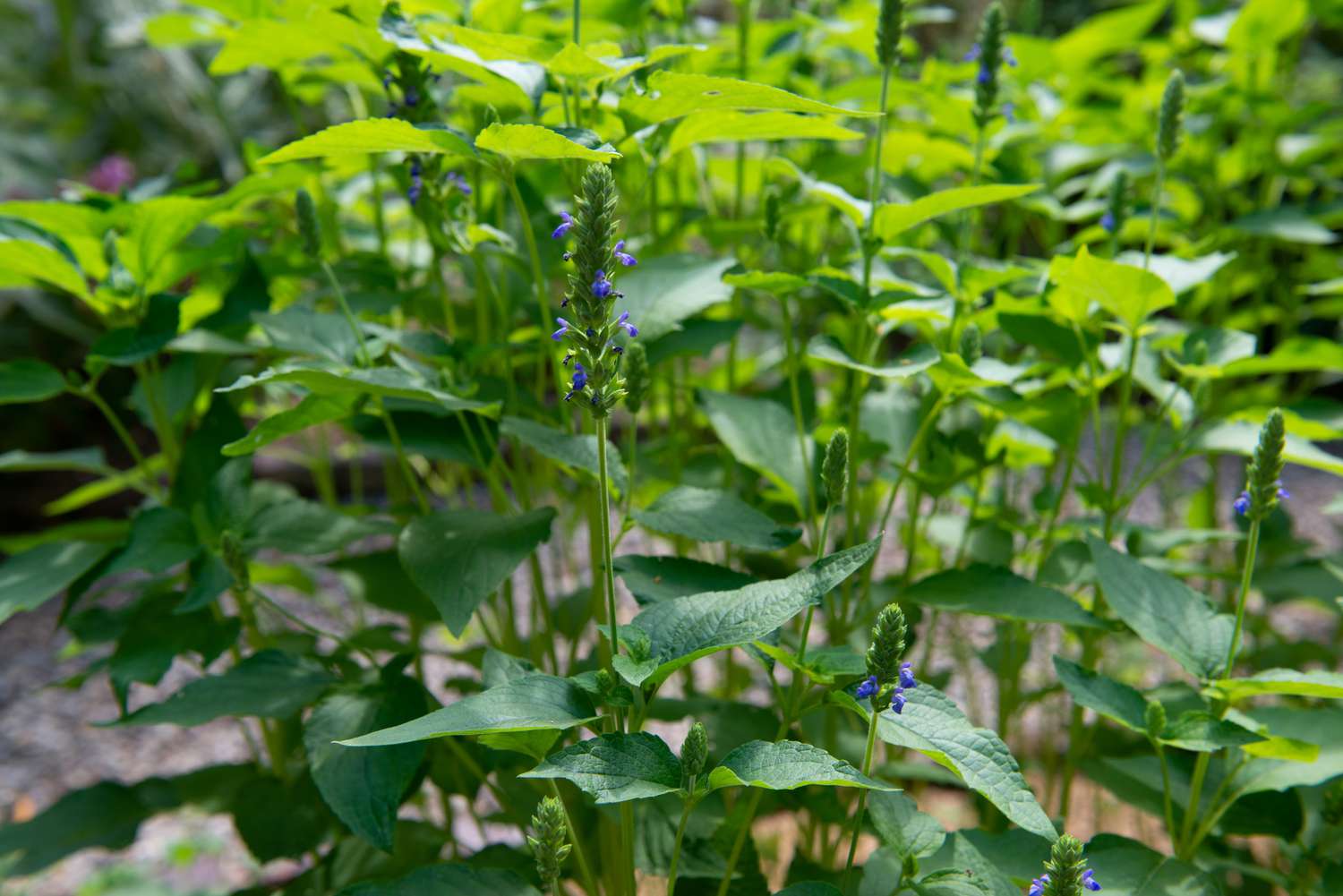

Garden Essentials
Where Does Chia Seeds Come From
Modified: August 17, 2024
Discover the origin of chia seeds and how they are grown in your own garden with our comprehensive guide.
(Many of the links in this article redirect to a specific reviewed product. Your purchase of these products through affiliate links helps to generate commission for Storables.com, at no extra cost. Learn more)
Introduction
Welcome to the wonderful world of Chia seeds! These tiny powerhouses have gained immense popularity in recent years due to their impressive nutritional profile and numerous health benefits. Chia seeds, derived from the plant Salvia hispanica, have a rich history and are native to certain regions in Central and South America.
In this article, we will explore the fascinating journey of Chia seeds, from their ancient origins to their modern-day cultivation and uses. We will also delve into the incredible nutritional value of Chia seeds and their potential health benefits. Get ready to discover why Chia seeds have become a must-have addition to any healthy and balanced diet.
So, let’s dive in and explore the captivating world of Chia seeds!
Key Takeaways:
- Chia seeds, originating from Central and South America, offer a powerhouse of nutrients, including omega-3 fatty acids, protein, and fiber, making them a valuable addition to a healthy diet.
- Cultivating Chia seeds requires specific growing conditions, and sustainable production practices, such as regenerative agriculture and water conservation, are crucial for preserving the environment and ensuring the availability of this nutritious superfood.
Read more: Where Did Chia Seeds Come From
History of Chia Seeds
The history of Chia seeds can be traced back thousands of years to ancient civilizations such as the Mayans and Aztecs. These indigenous peoples recognized the exceptional nutritional value of Chia seeds and incorporated them into their diets as a staple food source.
The word “Chia” is derived from the Mayan language, meaning “strength.” This was a fitting name for this tiny seed, as it provides a rich source of energy and sustenance. In fact, legend has it that Mayan warriors would consume Chia seeds before battles to boost their stamina and endurance.
Chia seeds were not only valued for their nutritional benefits but also for their medicinal properties. They were believed to have healing properties and were used to treat a variety of ailments such as joint pain, skin conditions, and digestive issues.
With the arrival of the Spanish conquistadors in the 16th century, the cultivation and consumption of Chia seeds declined significantly. The Spanish colonizers sought to suppress the indigenous cultures and their traditional practices, including the use of Chia seeds.
However, the legacy of Chia seeds persisted through the efforts of the native populations who continued to cultivate and preserve these valuable seeds. In recent years, Chia seeds have experienced a revival in popularity as modern society has recognized their exceptional nutritional value and health benefits.
Today, Chia seeds are widely available and consumed around the world. They have become a popular superfood, praised for their versatility and wide range of health benefits.
Now that we understand the rich history behind Chia seeds, let’s explore their origins and how they are cultivated.
Origin of Chia Seeds
Chia seeds have their roots in the Central and South American regions, with their origin mainly attributed to Mexico and Guatemala. The plant from which Chia seeds are derived, Salvia hispanica, is a member of the mint family.
For centuries, Chia seeds have been an essential part of the diet of many indigenous cultures in these regions. They were cultivated and consumed as a reliable source of sustenance and nourishment. The favorable climate and fertile soil in these areas provided an ideal environment for the growth of Chia plants.
The Chia plant is characterized by its beautiful purple or white flowers and the tiny seeds it produces. These seeds, which range in color from black to white, are packed with nutrients and have a mild, nutty flavor.
Although Chia seeds were primarily grown in Mexico and Guatemala, their popularity spread to other areas of Central and South America. They were often traded and exchanged as valuable commodities.
With the passage of time, Chia seeds have transcended their geographic boundaries and have become recognized worldwide for their exceptional nutritional content and health benefits. Today, Chia seeds are grown in various countries, including the United States, Australia, Argentina, and Bolivia, among others.
Let’s now explore the cultivation process of Chia seeds and the factors that contribute to their nutritional value.
Cultivation of Chia Seeds
Cultivating Chia seeds requires specific growing conditions to ensure optimal yield and quality. The success of Chia cultivation is influenced by factors such as climate, soil type, and irrigation methods.
Chia plants thrive in warm and mild climates, with temperatures ranging between 70°F and 95°F (21°C – 35°C). They require a minimum of 100 days of frost-free weather to reach full maturity. The regions where Chia seeds are predominantly cultivated, such as Mexico, Guatemala, and parts of South America, offer these ideal climatic conditions.
Well-drained soil with good moisture-holding capacity is essential for the successful growth of Chia plants. They can tolerate a wide range of soil types, including sandy, loamy, or clay soils. However, the soil must be fertile and enriched with organic matter.
Irrigation plays a crucial role in Chia seed cultivation. Chia plants require adequate water during their growth stages but are also capable of tolerating drought conditions. It is important to strike a balance and provide enough water to support plant growth without causing waterlogging or excessive moisture in the soil.
Chia plants have a relatively short growing season and reach maturity within 90-120 days. During this time, they develop long spikes of flowers that eventually produce the small, oval-shaped Chia seeds. These seeds can be harvested when they turn dark in color and feel slightly crunchy.
Once harvested, the Chia seeds need to be thoroughly dried to remove any excess moisture. This is crucial to prevent spoilage and ensure a longer shelf life. After drying, the seeds can be stored in airtight containers in a cool, dry place.
It is worth noting that Chia plants are known for their ability to self-pollinate. This means that a single plant can produce both male and female flowers, allowing for efficient seed production without the need for cross-pollination.
Throughout history, Chia seeds have been valued for their ease of cultivation and their ability to provide a sustainable source of nutrition. As the demand for Chia seeds continues to rise, efforts are being made to expand their cultivation to other suitable regions around the world.
Now that we understand how Chia seeds are cultivated, let’s explore the impressive nutritional value that these tiny seeds offer.
Nutritional Value of Chia Seeds
Despite their small size, Chia seeds pack a powerful nutritional punch. They are considered a superfood due to their high nutrient content and are rich in essential vitamins, minerals, antioxidants, and healthy fats.
Let’s break down the impressive nutritional profile of Chia seeds:
- Omega-3 Fatty Acids: Chia seeds are one of the richest plant-based sources of omega-3 fatty acids, particularly alpha-linolenic acid (ALA). These healthy fats are essential for brain health, reducing inflammation, and supporting heart health.
- Protein: Chia seeds are a great plant-based protein source, delivering all nine essential amino acids. This makes them a valuable addition to vegetarian or vegan diets, helping to support muscle growth, repair tissues, and boost overall energy.
- Fiber: Chia seeds are an excellent source of dietary fiber. Just one ounce (28 grams) of Chia seeds provides around 11 grams of fiber, or approximately one-third of the recommended daily intake for adults. The high fiber content promotes digestive health, helps regulate blood sugar levels, and aids in weight management.
- Antioxidants: Chia seeds contain a range of antioxidants, including flavonoids and polyphenols. These powerful compounds help protect the body against free radicals, reducing the risk of chronic diseases, such as heart disease and certain types of cancer.
- Minerals: Chia seeds are loaded with minerals such as calcium, phosphorus, magnesium, and manganese. These minerals are essential for maintaining strong bones, supporting nerve function, and regulating blood pressure.
- Vitamins: Chia seeds are a good source of vitamins, including vitamin B complex, vitamin E, and vitamin K. These vitamins play various roles in the body, such as supporting energy production, strengthening the immune system, and promoting healthy skin.
Chia seeds are also low in calories and carbohydrates, making them a great option for those looking to manage their weight or follow a low-carb diet.
With their impressive nutritional profile, Chia seeds offer a convenient way to enhance the nutrient content of meals and snacks. They can be easily incorporated into a variety of dishes, helping to boost overall nutrient intake and support optimal health.
Now that we have a good understanding of the nutritional value of Chia seeds, let’s explore the numerous health benefits associated with their consumption.
Chia seeds come from the Salvia hispanica plant, which is a member of the mint family. The seeds are harvested from the flower spikes of the plant and have been used as a food source for centuries.
Read more: Where Does Poppy Seed Come From
Health Benefits of Chia Seeds
Chia seeds have gained popularity not only for their nutritional value but also for their potential health benefits. Let’s explore some of the ways in which incorporating Chia seeds into your diet may positively impact your health:
- Heart Health: The omega-3 fatty acids found in Chia seeds have been shown to support heart health by reducing inflammation, lowering blood pressure, and improving cholesterol levels. These benefits contribute to a reduced risk of developing heart disease.
- Weight Management: The high fiber content of Chia seeds can help promote feelings of fullness and reduce appetite, making them a valuable ally in weight management. The soluble fiber forms a gel-like consistency when mixed with liquids, which can slow down the digestion process and lead to increased satiety.
- Blood Sugar Control: The combination of fiber and protein in Chia seeds can help regulate blood sugar levels and prevent spikes in glucose after meals. This is particularly beneficial for individuals with diabetes or those looking to maintain stable blood sugar levels.
- Digestive Health: The fiber in Chia seeds promotes healthy digestion by supporting regular bowel movements and preventing constipation. It also acts as a prebiotic, nourishing the beneficial bacteria in the gut and promoting a healthy microbiome.
- Bone Health: Chia seeds are a good source of calcium, phosphorus, and magnesium, which are essential minerals for maintaining strong and healthy bones. Including Chia seeds in your diet can contribute to overall bone health and reduce the risk of osteoporosis.
- Antioxidant Power: The antioxidants present in Chia seeds help protect your cells from damage caused by free radicals. This can help slow down the aging process, reduce inflammation in the body, and lower the risk of chronic diseases.
- Energy and Endurance: Traditionally, Chia seeds were consumed by ancient civilizations to boost energy and enhance endurance. The combination of omega-3 fatty acids, protein, and carbohydrates in Chia seeds can provide a sustained release of energy, making them a valuable addition to athletes’ diets.
It’s important to note that while Chia seeds offer numerous health benefits, they are not a magical cure-all. They should be consumed as part of a balanced diet and a healthy lifestyle.
Now that we understand the potential health benefits of Chia seeds, let’s explore their culinary uses and how they can be incorporated into delicious recipes.
Culinary Uses of Chia Seeds
Chia seeds are incredibly versatile and can be easily incorporated into a wide range of culinary creations. Here are some popular ways to enjoy the nutritional benefits of Chia seeds:
- Smoothies and Drinks: Add a tablespoon or two of Chia seeds to your favorite smoothie or beverage for an added boost of nutrients and a slight thickening effect. The seeds absorb liquid and create a gel-like consistency, which can enhance the texture and make the drink more satisfying.
- Puddings and Parfaits: Chia seeds can be used to create delicious and nutritious puddings or parfaits. Simply mix Chia seeds with your choice of liquid, such as almond milk or coconut milk, and let it sit for a few hours or overnight in the refrigerator. The seeds will absorb the liquid and create a pudding-like texture. Layer the Chia seed pudding with fresh fruits, nuts, and granola for a delightful parfait.
- Baked Goods: Sprinkle Chia seeds onto bread, muffins, or cookies to add a crunchy texture and a nutritional boost. You can also use ground Chia seeds as a substitute for eggs in vegan baking, as they can provide structure and moisture.
- Salad Toppings: Sprinkle Chia seeds over salads or incorporate them into homemade dressings for an extra dose of fiber and nutrients. Their mild, nutty flavor pairs well with a variety of salad ingredients.
- Cereal and Yogurt Toppings: Sprinkle Chia seeds over your favorite breakfast cereal or yogurt for added crunch and nutrition. They can enhance the texture of your morning meal and provide a satiating effect.
- Chia Seed Crackers: Combine Chia seeds with other seeds, such as flaxseeds or sesame seeds, to create homemade crackers. Mix the seeds with water, spices, and salt, then bake until crispy for a nutritious and tasty snack.
- Chia Seed Energy Bars: Make your own energy bars by combining Chia seeds with nuts, dried fruits, and a binding agent like nut butter or honey. Form the mixture into bars and chill in the refrigerator until firm. These homemade energy bars are a convenient and nutritious snack option.
Remember to soak Chia seeds in liquid before consuming them raw, as this allows them to fully absorb the liquid and become more easily digestible.
With their mild, nutty flavor and unique texture, Chia seeds can elevate the taste and nutritional value of a wide range of dishes and recipes.
Now that we’ve explored the culinary uses of Chia seeds, let’s take a step back in time and discover how these tiny seeds have been used in traditional medicine.
Chia Seeds in Traditional Medicine
Chia seeds have been used for centuries in traditional medicine practices, particularly among the indigenous cultures of Central and South America. These cultures recognized the medicinal properties of Chia seeds and employed them to treat various ailments and promote overall well-being.
Here are some traditional uses of Chia seeds in medicine:
- Energy and Endurance: As mentioned earlier, ancient warriors would consume Chia seeds before battles to enhance their stamina and endurance. The seeds were believed to provide a sustainable source of energy, helping warriors perform at their best.
- Hydration and Metabolism: Chia seeds have a remarkable ability to absorb water, expanding in size and forming a gel-like consistency. This property was utilized by ancient civilizations to promote hydration and improve digestion. The gel-like substance created by the seeds was believed to improve nutrient absorption and regulate metabolism.
- Rehydration During Illness: Chia seeds were used as a natural remedy for rehydration during times of illness or after physical exertion. The gel-like substance formed by the seeds was thought to help replenish electrolytes and restore balance in the body.
- Digestive Health: Chia seeds have long been valued for their ability to support digestive health. They were used as a remedy for indigestion, bloating, and other gastrointestinal issues. The high fiber content of Chia seeds helps promote regular bowel movements and maintain a healthy digestive system.
- Skin Health: Chia seeds were also incorporated into natural skincare remedies. The seeds were ground into a paste and applied topically to soothe and moisturize the skin. They were believed to have anti-inflammatory and antioxidant properties, helping to improve skin texture and reduce the signs of aging.
- Joint Health: Chia seeds were traditionally used to alleviate joint pain and inflammation. The seeds were consumed or applied topically as a poultice to relieve discomfort and promote joint mobility.
While modern science has not extensively studied the traditional medicinal uses of Chia seeds, there is growing interest in their potential health benefits. Many of the traditional uses align with the nutritional and therapeutic properties of Chia seeds.
It is important to note that Chia seeds should not be used as a substitute for professional medical advice. If you have any specific health concerns, it is advisable to consult with a healthcare practitioner.
Now that we’ve explored the traditional uses of Chia seeds, let’s discuss the sustainability of Chia seed production and its impact on the environment.
Sustainability of Chia Seed Production
The sustainability of Chia seed production is of utmost importance in order to preserve the environment and ensure the long-term availability of this precious superfood. Here are some key aspects to consider regarding the sustainability of Chia seed production:
- Regenerative Agriculture: Many Chia seed producers are embracing regenerative agricultural practices. These practices focus on building healthy and fertile soil, promoting biodiversity, and minimizing the use of synthetic fertilizers and pesticides. By implementing regenerative agriculture, Chia seed producers can improve soil health, conserve water, and reduce the environmental impact of farming.
- Water Conservation: Chia plants are known for their ability to withstand drought conditions. However, sustainable Chia seed production involves responsible water management practices. This may include using efficient irrigation systems, capturing and recycling rainwater, and monitoring soil moisture levels to optimize water usage. Conservation efforts help preserve this valuable resource and minimize the ecological footprint of Chia cultivation.
- Preserving Indigenous Knowledge: Many Chia seed producers prioritize the preservation of indigenous knowledge and traditional farming practices. By collaborating with indigenous communities and incorporating their expertise, producers can maintain sustainable cultivation methods and respect the cultural and historical significance of Chia seeds.
- Organic Certification: Opting for organic Chia seeds ensures that they are grown without the use of synthetic pesticides, herbicides, or genetically modified organisms (GMOs). Organic certification also promotes healthier ecosystems and protects the well-being of workers involved in the Chia seed production process.
- Supporting Fair Trade: Choosing Chia seeds from fair trade sources ensures that farmers and workers receive fair wages and operate under safe working conditions. Fair trade practices contribute to the social and economic well-being of communities involved in Chia seed production.
- Responsible Harvesting and Processing: Responsible harvesting practices involve selectively picking ripe Chia seed heads and leaving some to mature and reproduce. This allows for sustainable seed production and ensures the future viability of Chia crops. Proper processing techniques are also crucial to maintain the nutritional integrity of the seeds while minimizing waste and energy consumption.
By prioritizing sustainability in Chia seed production, we can help protect the environment, promote biodiversity, support local communities, and ensure the availability of this nutritious superfood for generations to come.
As we conclude our exploration of the sustainability of Chia seed production, let’s reflect on the remarkable journey of Chia seeds and recognize the immense value they hold in the world of nutrition and wellness.
Read more: Where Does Nyjer Seed Come From
Conclusion
Chia seeds have come a long way from their ancient roots to become a beloved superfood with an impressive array of health benefits. Their journey spans centuries, from their traditional use in Central and South American cultures to their current global popularity.
These tiny seeds are not only packed with essential nutrients, but they also offer numerous health benefits. From supporting heart health and weight management to aiding in digestion and promoting bone health, Chia seeds have become a valuable addition to a healthy and balanced diet.
Cultivating Chia seeds requires specific growing conditions, and efforts are being made to ensure sustainable production practices that protect the environment and respect indigenous knowledge. By embracing practices such as regenerative agriculture, water conservation, and organic certification, Chia seed producers are striving to create a positive impact on both the planet and the communities involved in the production process.
Chia seeds can be easily incorporated into a variety of culinary creations, from smoothies and puddings to baked goods and salads. With their mild, nutty flavor and unique gel-like texture, Chia seeds add a nutritional boost and enhance the taste and nutritional value of many dishes.
As we marvel at the nutritional value and versatility of Chia seeds, it is important to remember that they are not a magical cure-all. They should be enjoyed as part of a well-rounded diet and a healthy lifestyle. It is always advisable to consult with a healthcare professional for personalized advice.
So, whether you decide to sprinkle them on your breakfast cereal, blend them into a refreshing smoothie, or experiment with new Chia seed recipes, embrace these tiny powerhouses and reap the benefits they offer.
Chia seeds truly exemplify the beauty of nature’s bounty, and their journey from ancient civilizations to modern-day diets is a testament to their enduring nutritional and medicinal value. Let us continue to appreciate and harness the incredible potential of Chia seeds as we strive for better health and well-being.
Frequently Asked Questions about Where Does Chia Seeds Come From
Was this page helpful?
At Storables.com, we guarantee accurate and reliable information. Our content, validated by Expert Board Contributors, is crafted following stringent Editorial Policies. We're committed to providing you with well-researched, expert-backed insights for all your informational needs.
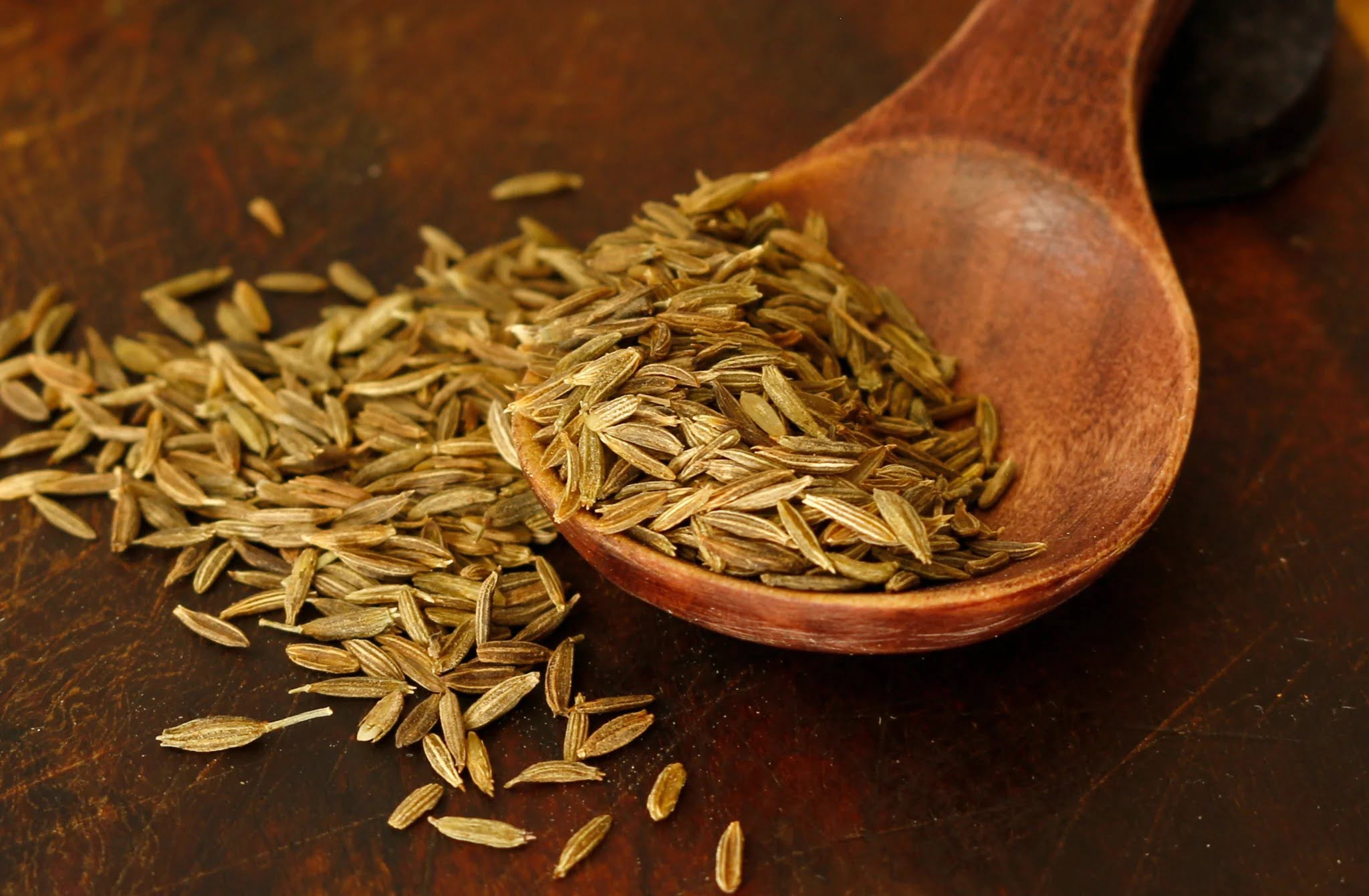
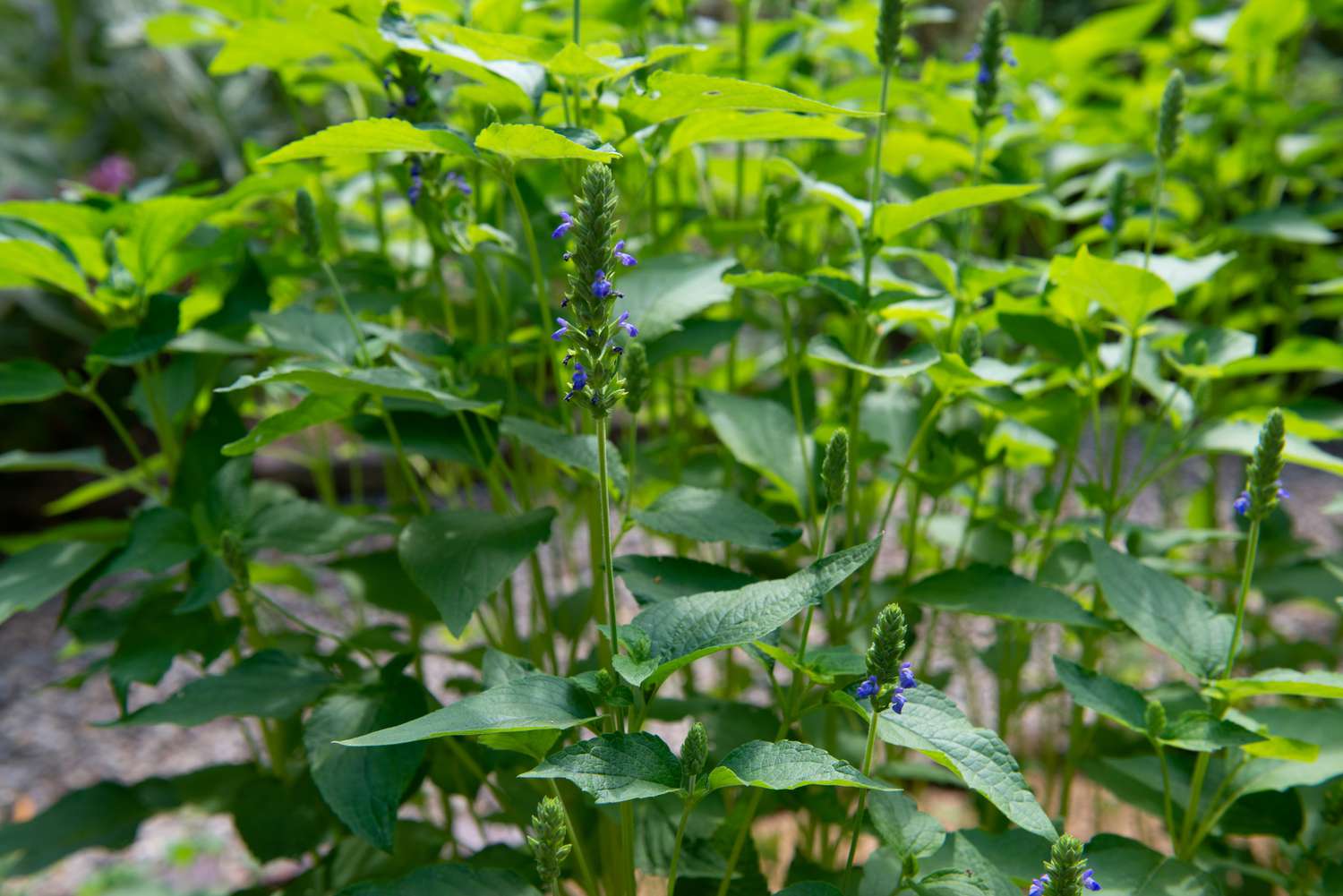
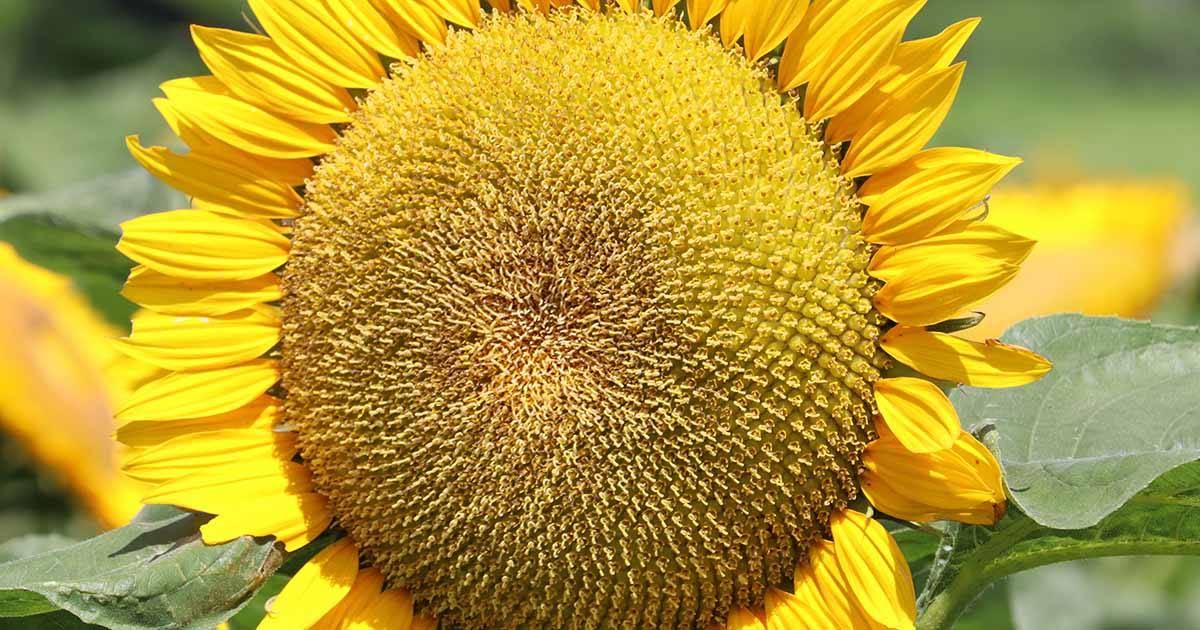
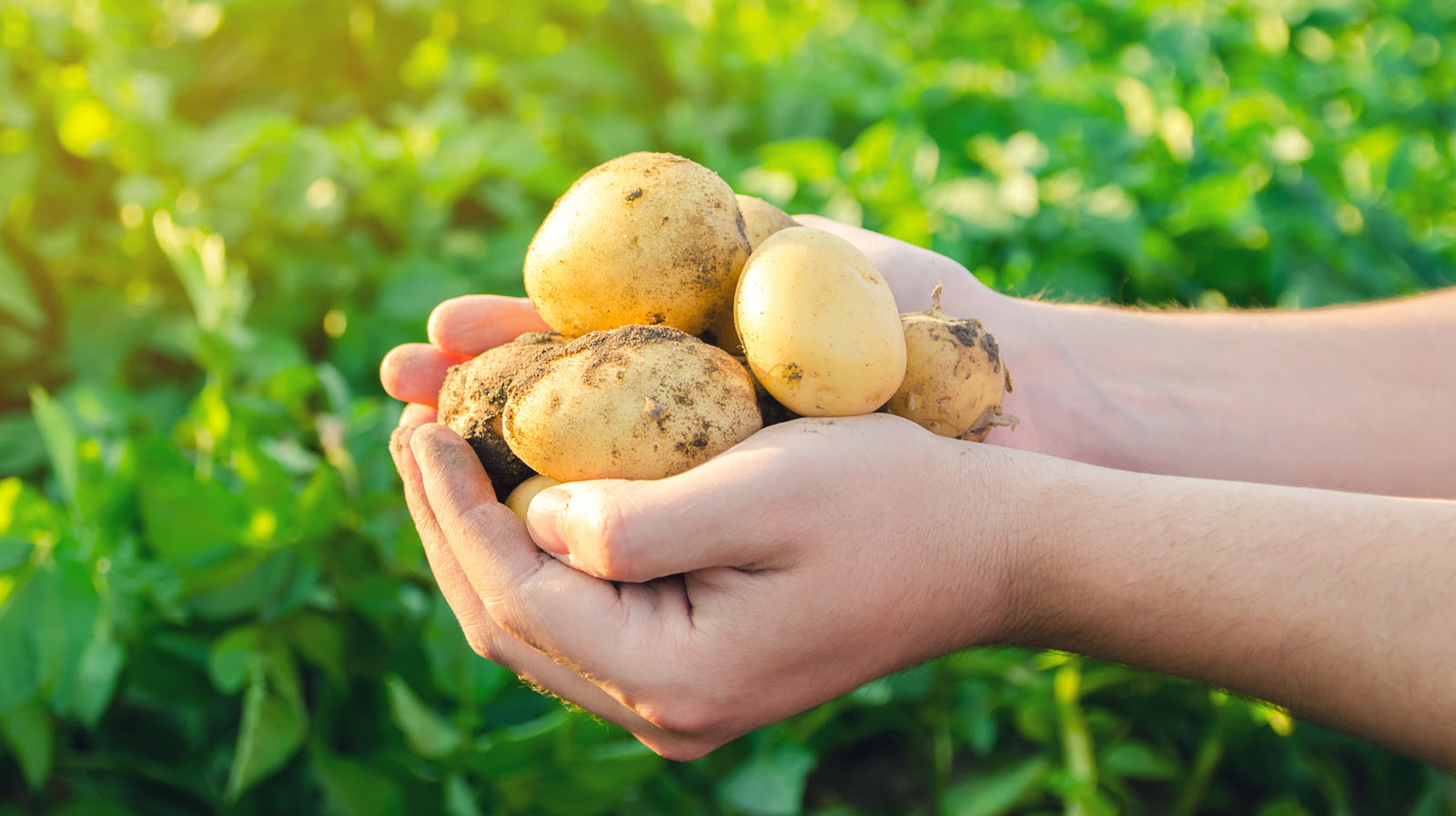

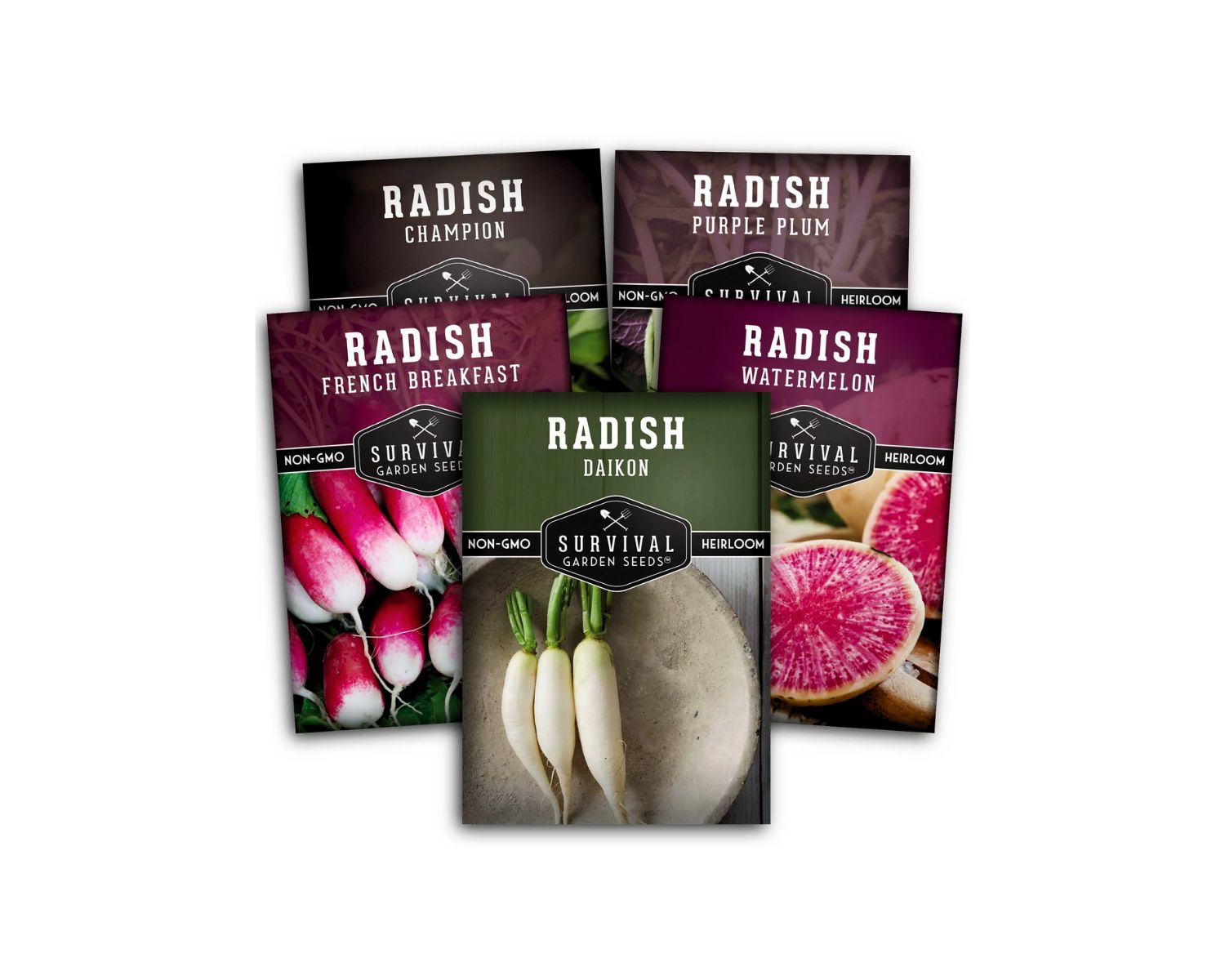
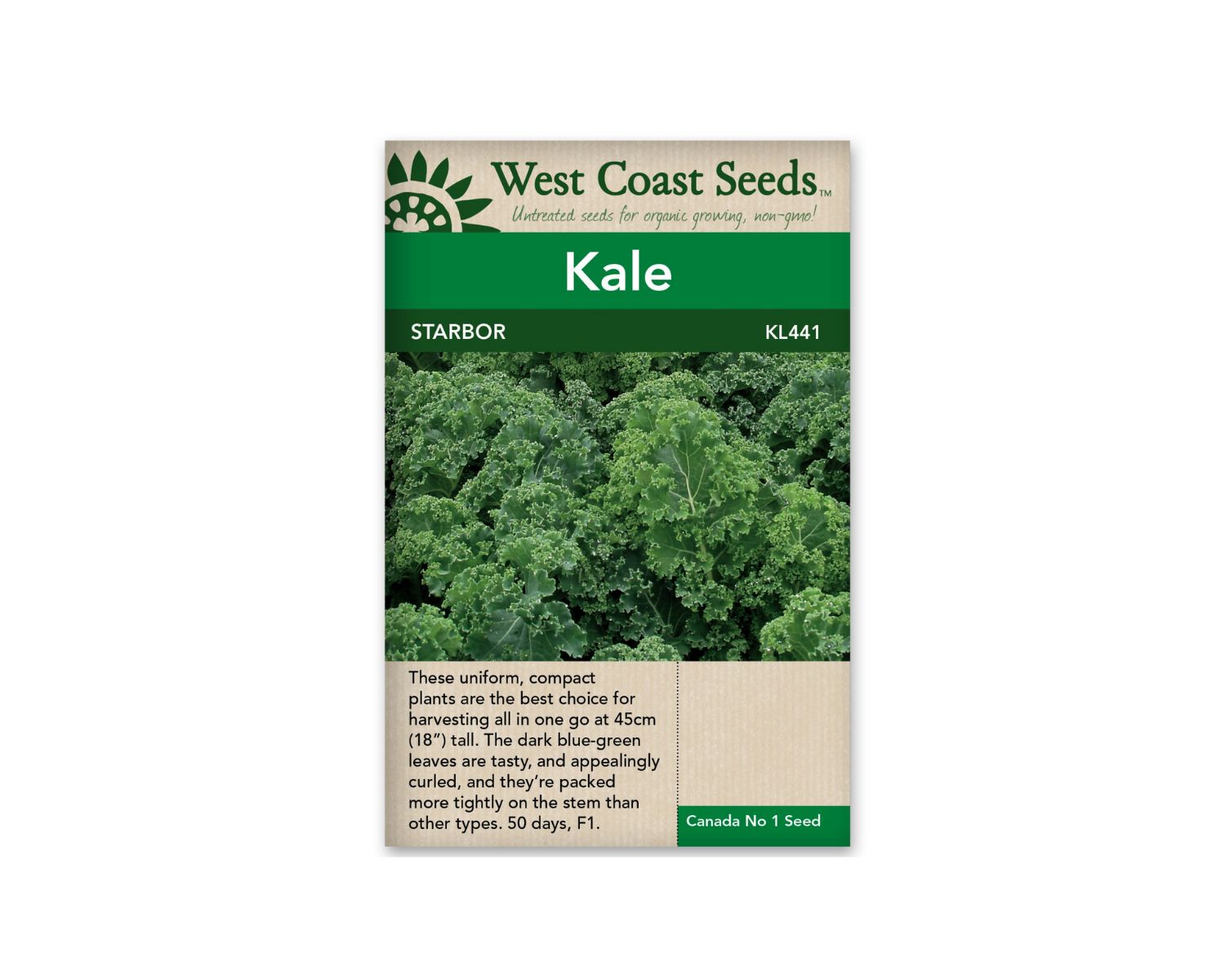
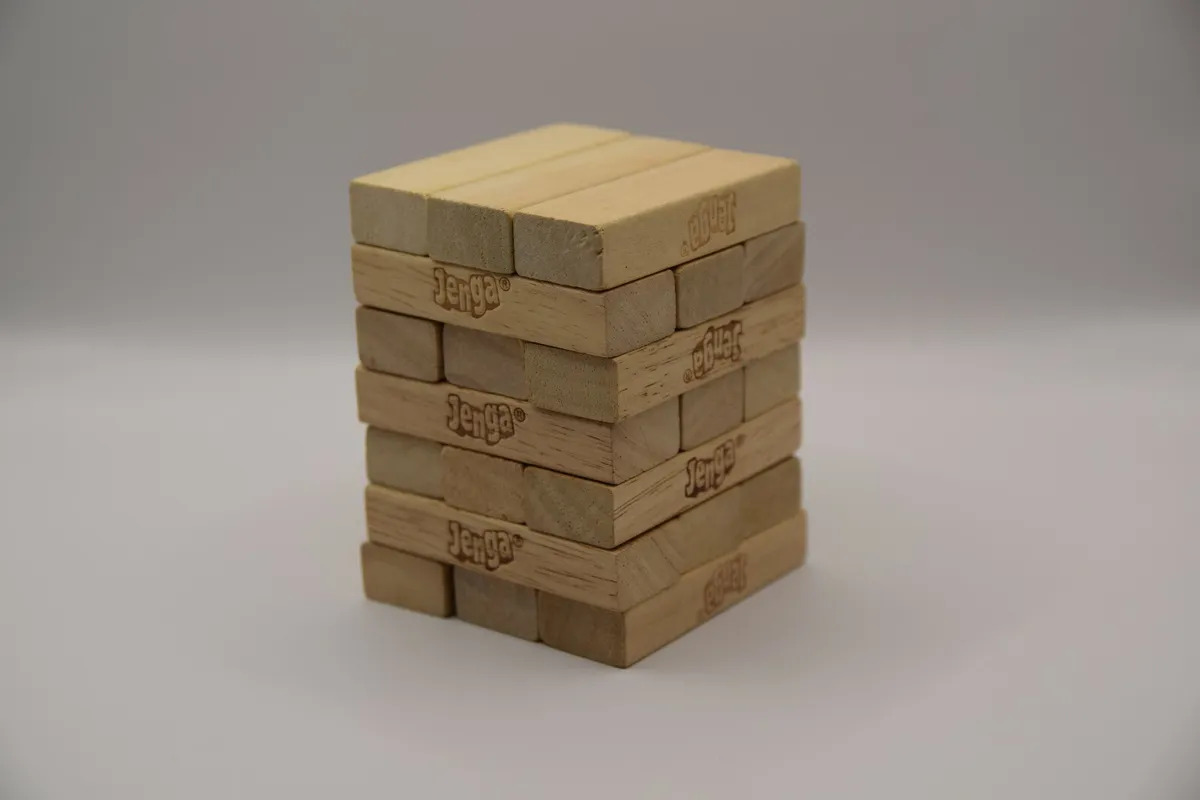
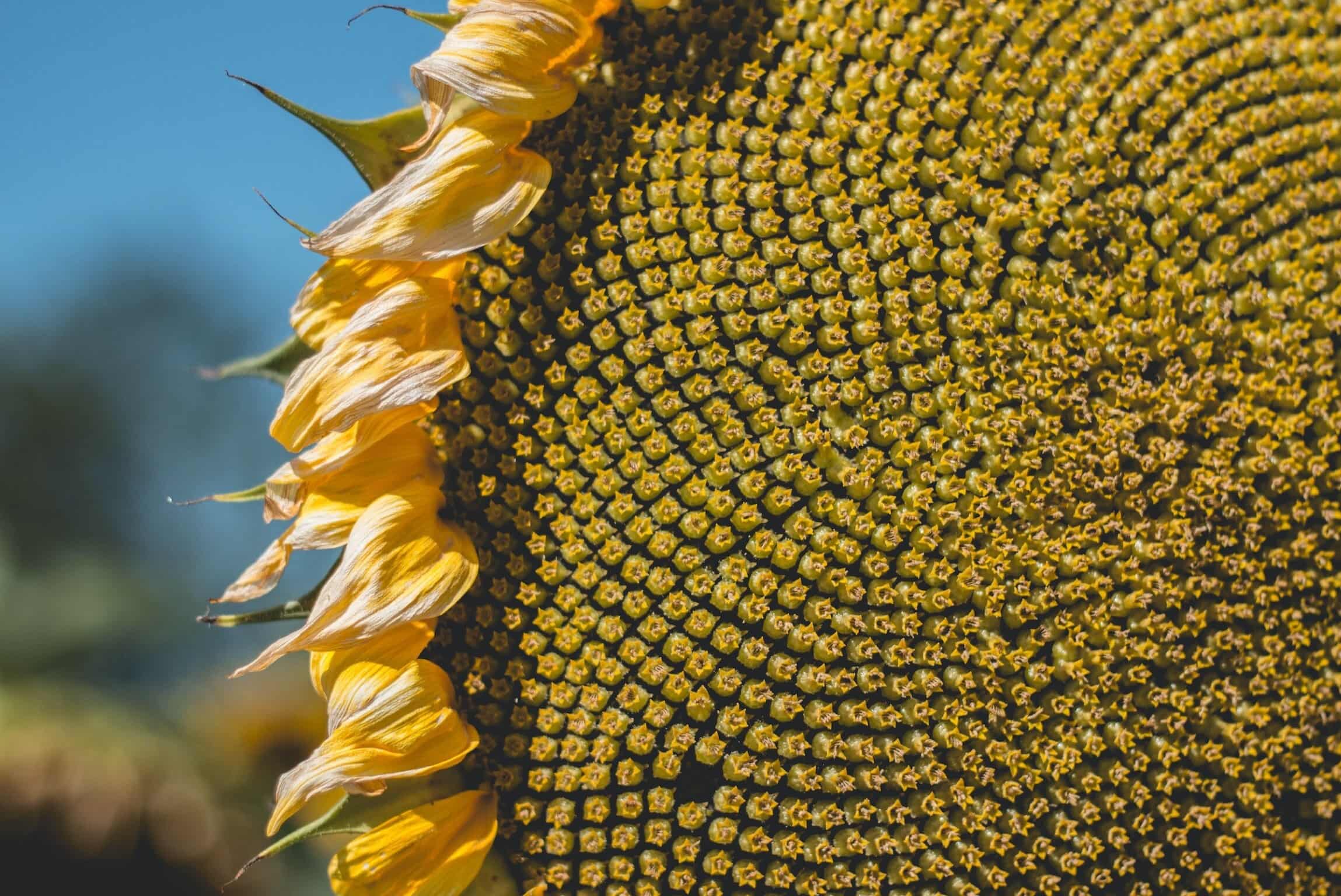
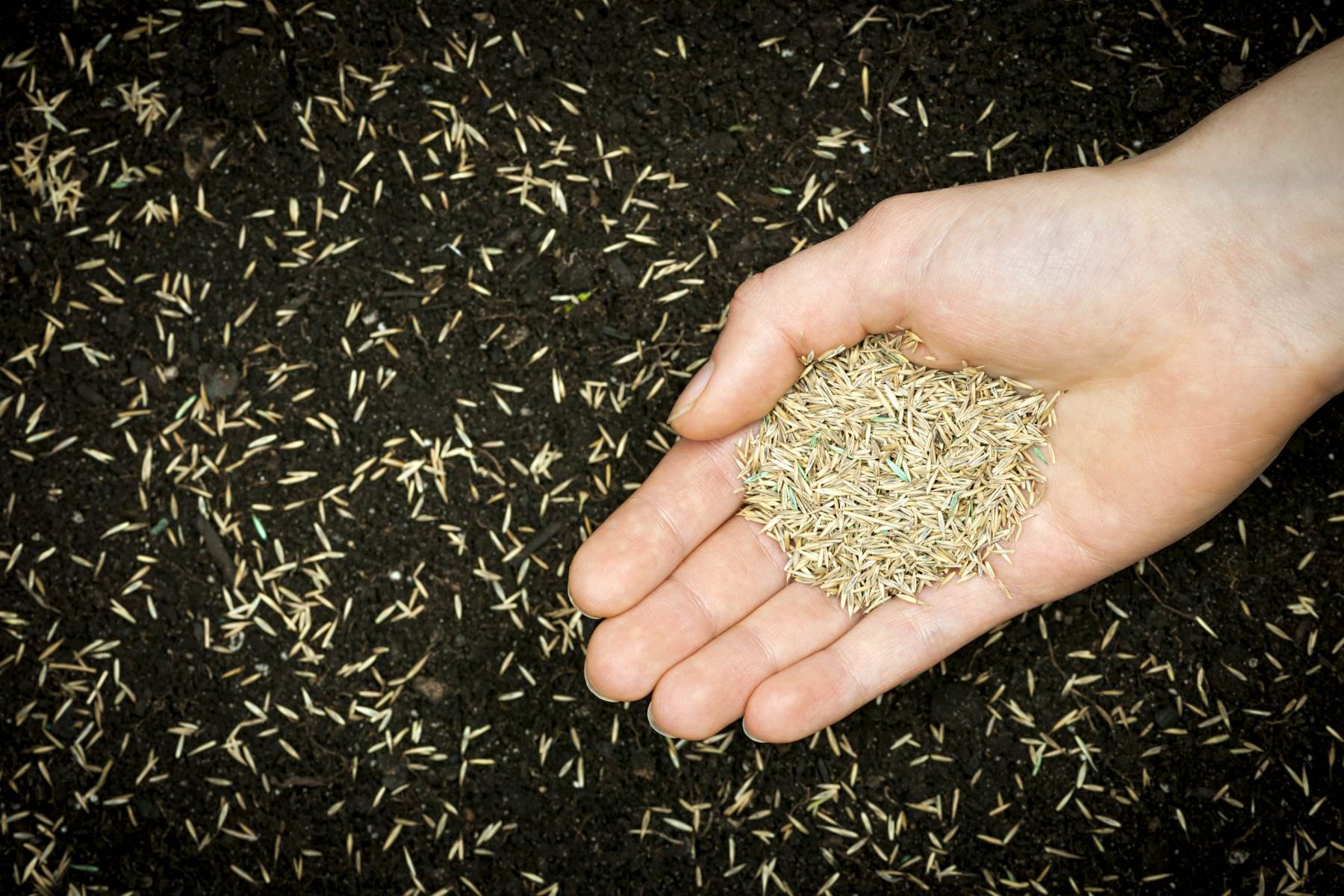
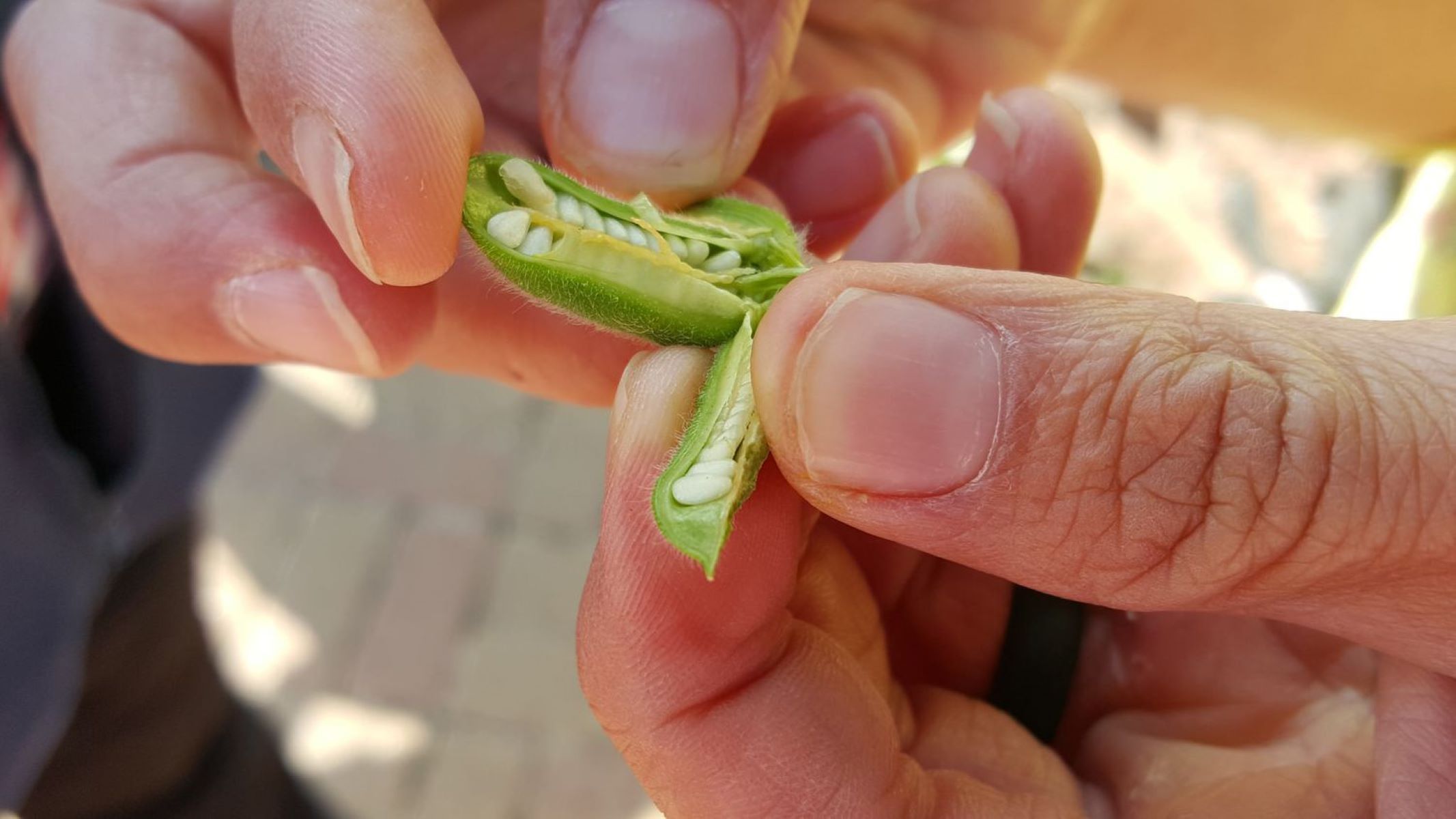
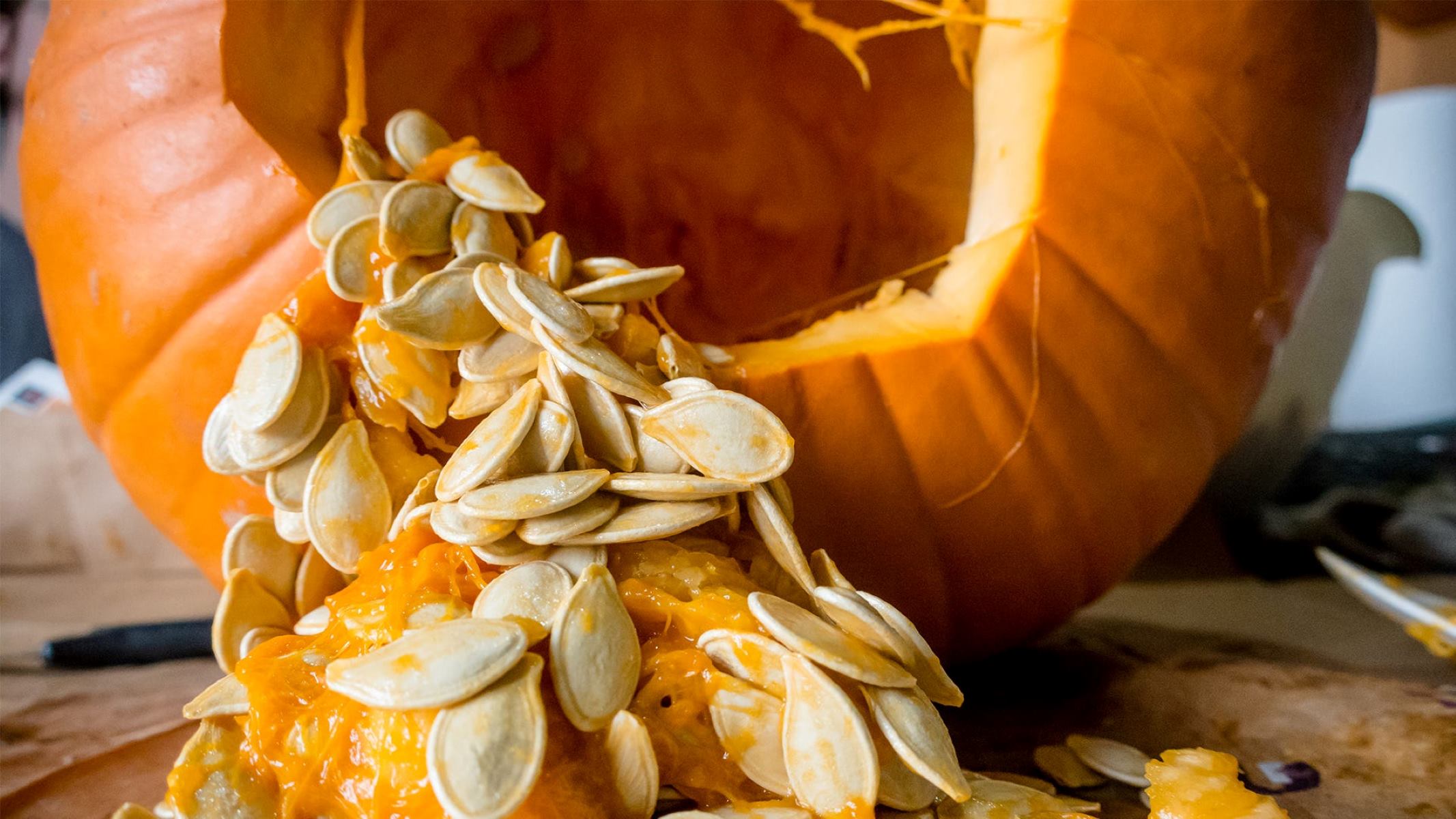
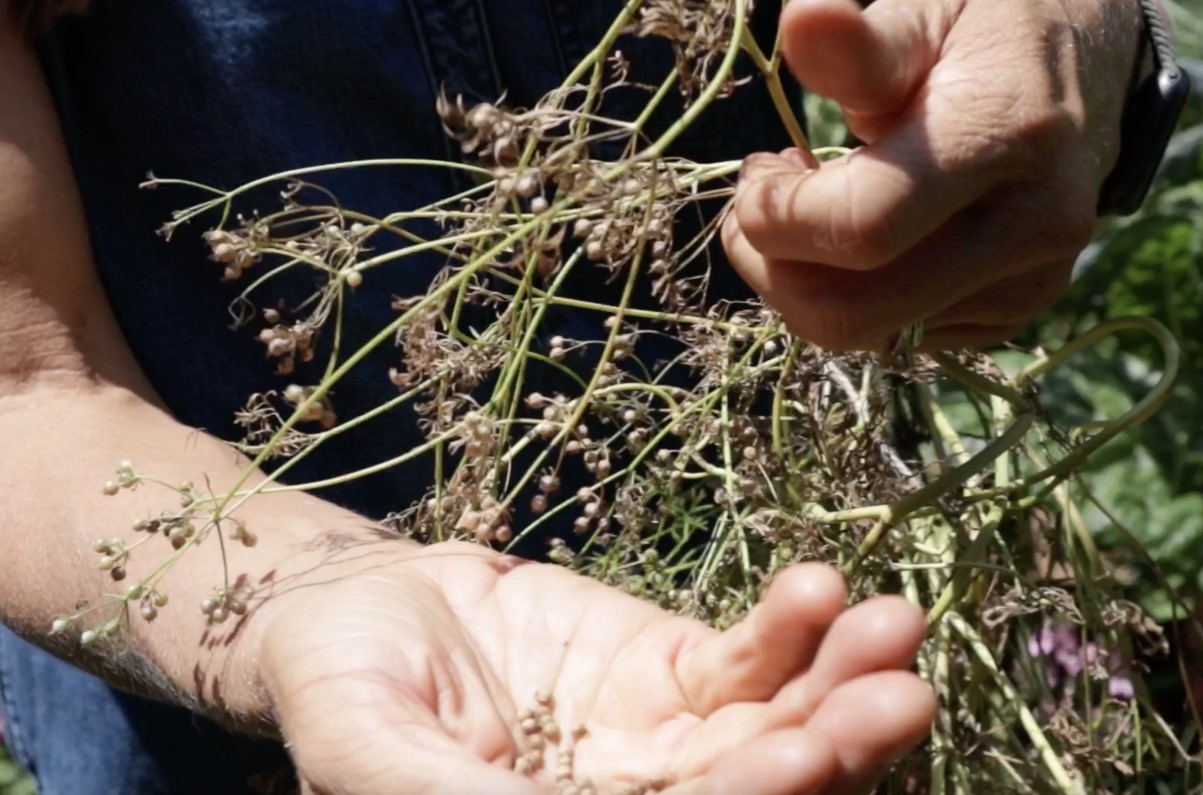

0 thoughts on “Where Does Chia Seeds Come From”